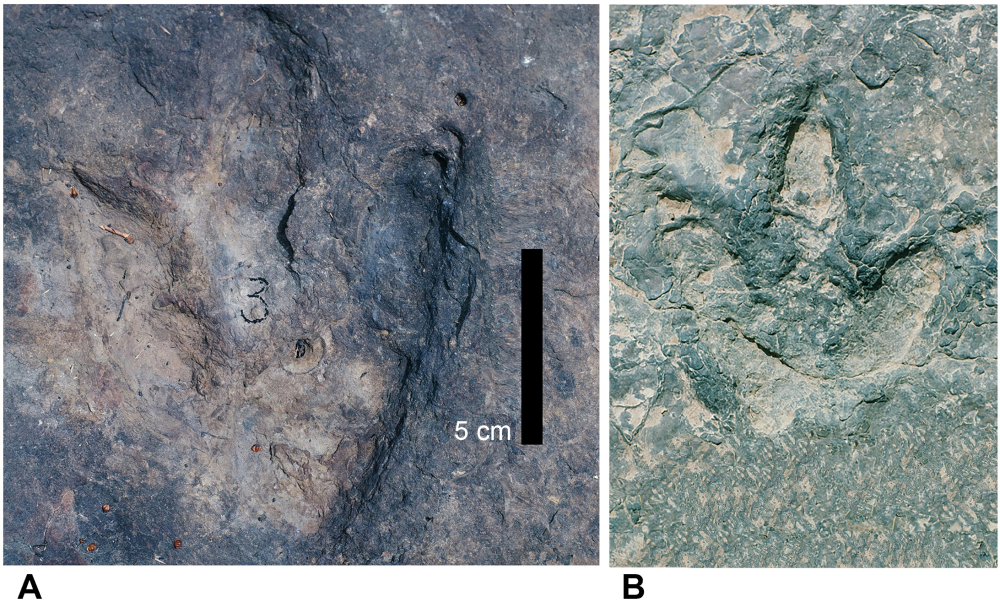Tracks of near-identical dinosaur prints have been found across two continents, demonstrating how the dinosaurs that made them 120 million years ago were among the last to be able to complete their journey. That’s because this was when the supercontinent Gondwana broke off from Pangea, severing the geological connection.
The prints were discovered in Brazil and Cameroon, amounting to over 260 prints in total. When they were laid down in the mud and silt of ancient rivers and lakes, they left behind ichnological evidence of the very different lay of the land that existed during the Early Cretaceous.
At that time, South America and Africa were so close together that terrestrial dinosaurs could walk freely between them. Now, such a journey would encompass a 6,000-kilometer (3,700-mile) swim across deep waters.
“One of the youngest and narrowest geological connections between Africa and South America was the elbow of northeastern Brazil nestled against what is now the coast of Cameroon along the Gulf of Guinea,” Southern Methodist University paleontologist Louis Jacobs said in a statement. “The two continents were continuous along that narrow stretch, so that animals on either side of that connection could potentially move across it.”

Two theropod tracks from the Koum Basin in Cameroon.
Image credit: SMU
That started to change 140 million years ago when the tectonic plates carrying Africa and South America began splitting apart. The seismic shift ripped up the crust along its weak spots, creating tears that were filled in with magma to create a new oceanic layout that’s what we now know as the South Atlantic Ocean.
The witness marks of the tectonic plates’ divorce can be seen in the half-graben basins found in Africa and South America that contain sediments from ancient rivers and lakes. There are also traces of fossilized pollen dating back 120 million years ago, and – of course – dinosaur prints.
The dinosaurs making the now-impossible march were a number of species including some theropods, sauropods, and ornithischians. The evidence they left behind shared a number of similarities when it came to shape, age, and geological context, helping to stitch together a story that began 140 million years ago.
“In this study we have tracked dinosaur footprints from the time they were impressed in mud along rivers and lakes over 120 million years ago, in localities originally contiguous and on a single landmass but some 1000 km [621 miles] apart,” concluded the authors. “Today, these sites of fossil preservation are on two continents separated by 6000 km [3,278 miles] and an ocean.”
The study is published by the New Mexico Museum of Natural History and Science.
Source Link: Near-Identical Dinosaur Tracks On Separate Continents Reveal Seismic Split 140 Million Years Ago